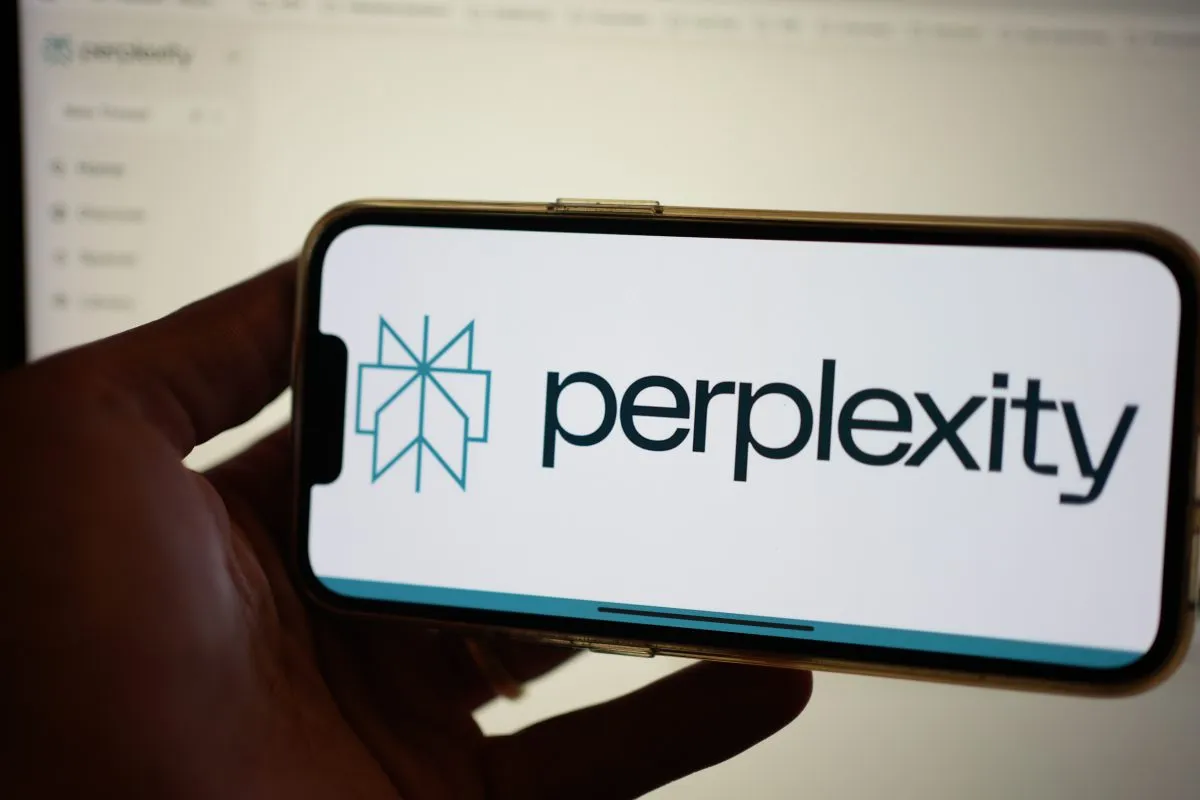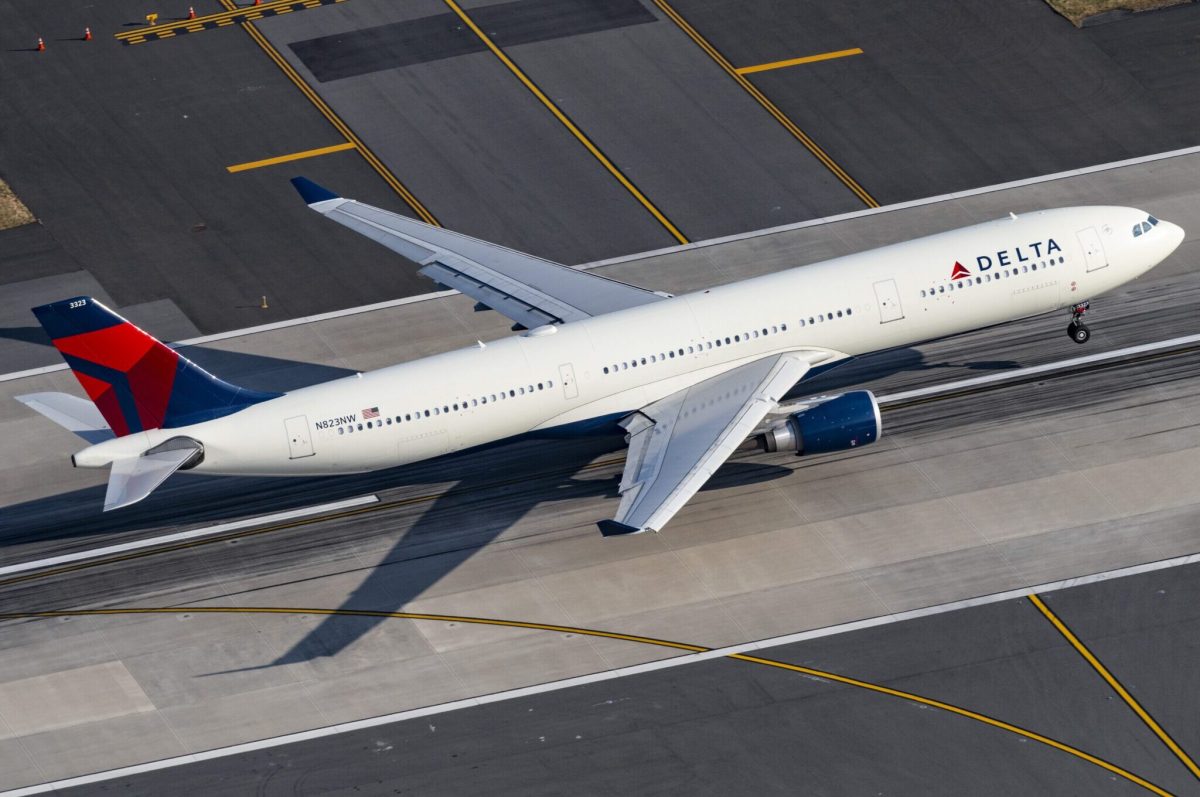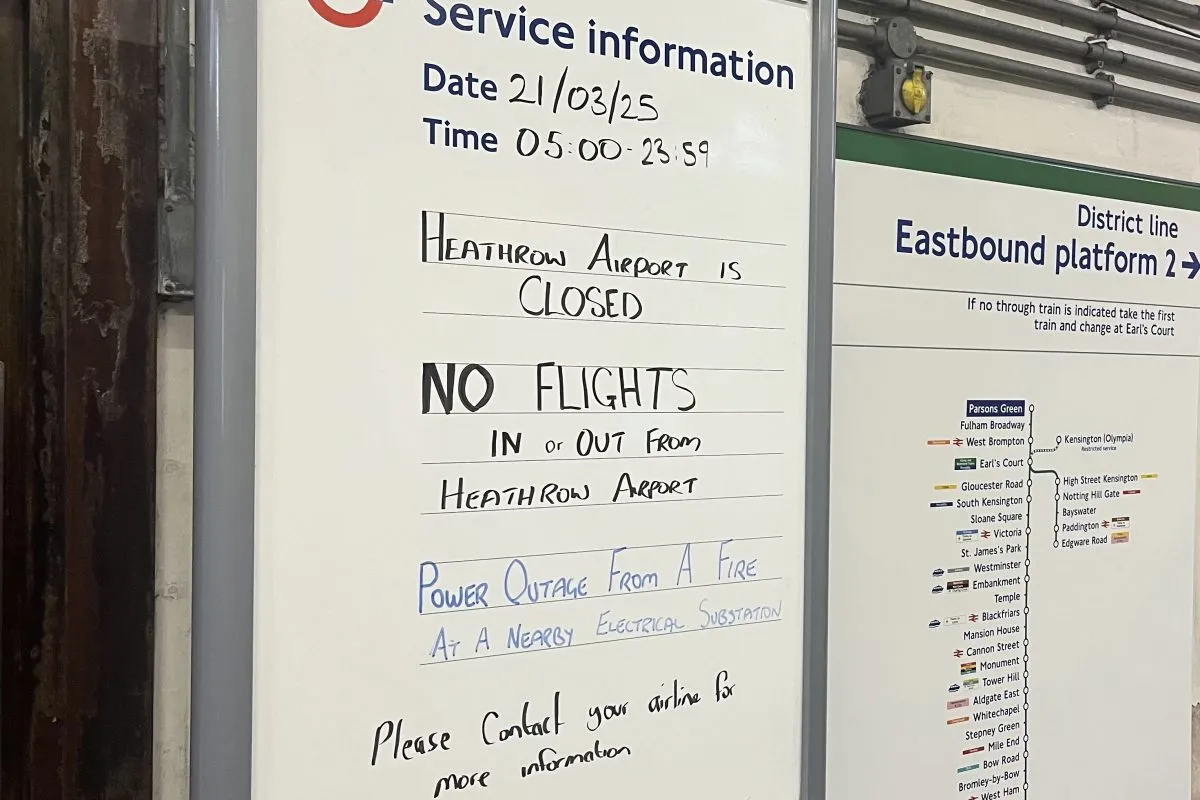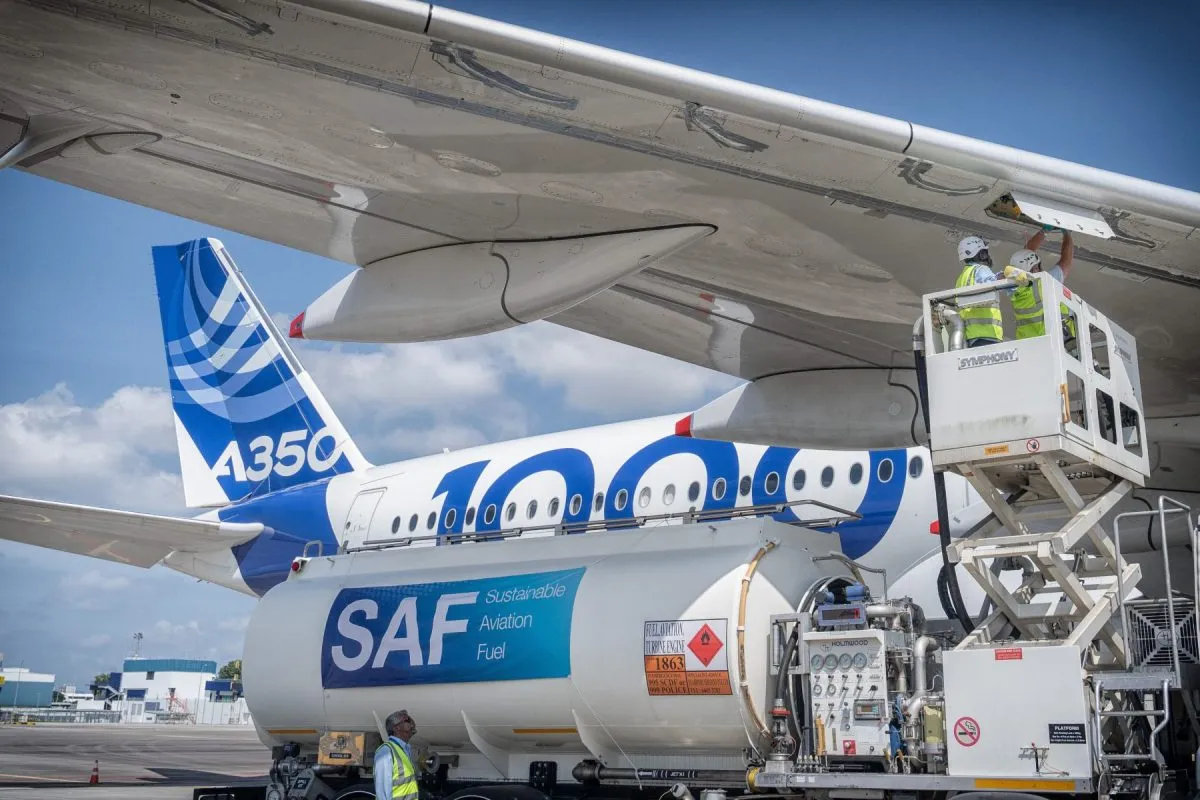Hyatt Is Pursuing Its 'Asset-Lighter' Strategy With Plan to Sell More Properties
Skift Take
Hyatt Hotels soon expects to sell valuable properties in Maui and San Francisco as it seeks to fulfill a commitment it made in November to sell $1.5 billion in real estate over a three-year period.
The chain wants to use the proceeds to invest in new businesses and to return money to shareholders.
Hyatt is shopping the Andaz Maui and Grand Hyatt San Francisco, and so far there is considerable interest, executives said Thursday on their fourth quarter earnings call. The company also seeks to sell a third hotel, the Hyatt Regency Coconut Point in Florida, but that's part of Hyatt's typical strategy of "recycling" assets, and not tied to the $1.5 billion plan.
Hyatt's intention to sell the Maui and San Francisco properties is part of a pivot the company announced late last year. Historically, when selling hotels, it focused on its recycling strategy, taking proceeds from one property to invest in another. It will still do that — the Florida hotel is one example — but last year Hyatt outlined plans to reduce its reliance on owning real estate. Like most hotel companies, it wants to grow its share of lucrative management fees.
Last year, Hyatt said it sold the Royal Palms Resort & Spa in Phoenix and the Hyatt Regency Scottsdale Resort & Spa at Gainey Ranch for a combined $305 million.
The San Francisco and Maui hotels are more expensive. The two have "robust market values" because of "extremely high barriers to entry in those markets," Hyatt CFO Patrick Grismer said. Once Hyatt sells the two — it already has first bids and expects to close them no longer than the second quarter — it estimates it will have raised more than $1 billion toward its $1.5 billion goal, Grismer said.
Hyatt calls the new approach "asset-lighter," and signaled to investors it now values management contracts over real estate. In 2017, according to company figures, management fees accounted for about 48 percent of earnings, producing $505 million in revenue, up about 13 percent, year-over-year. By 2020, it should account for about 60 percent of earnings, Grismer said.
Plans for the 1.5 billion
In addition returning capital to shareholders, Hyatt seeks to use some of the revenue to invest new lines of business. It told investors it wants to expand to its higher-end portfolio, expand its geographic footprint, improve the guest experience, and expand its distribution capabilities.
As for the types of companies it might acquire, CEO Mark Hoplamazian said the company wants to identify targets that are relevant to its customer base, both current and future. "What we don't intend to do is build a large portfolio of activities that may be good business unto themselves but might end up being divorced from our core business," he said.
While it has been relatively easy for Hyatt to unload real estate at high prices, executives said they do not expect to immediately sell another group of assets once they reach their $1.5 billion commitment.
"When we committed to this $1.5 billion sell-down in our owned-and-leased portfolio, we did that on the basis of our belief that it would be meaningful and yet preserve for us significant balance sheet capacity to continue to recycle assets in ways that drive the growth of our business," Grismer said.
For the fourth quarter, Hyatt reported net income of $76 million, with revenue per available room, or RevPAR, increasing 3.8 percent, year-over-year.




